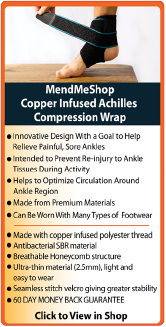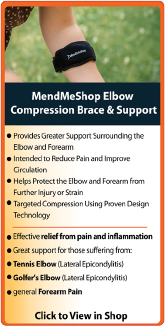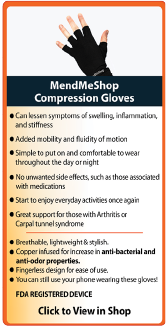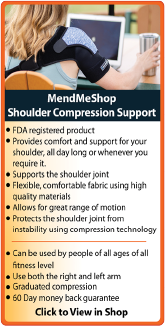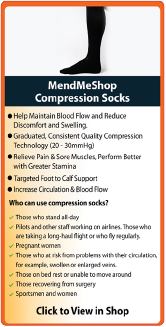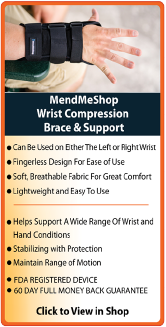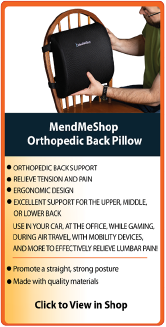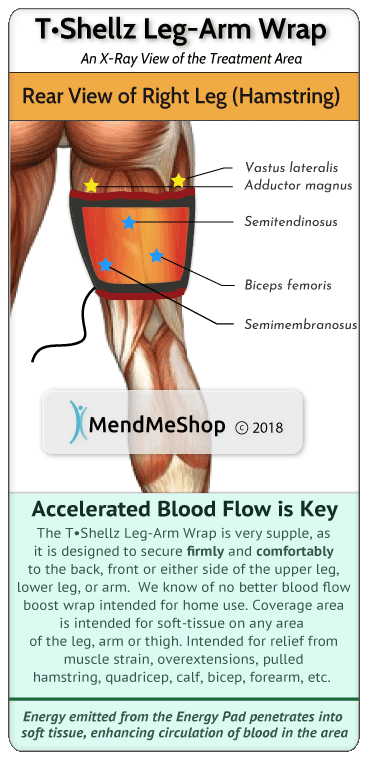|
| What Are Trigger Points?Trigger points are specific, hyper-irritable and hypersensitive areas in muscle that can suffer from decreased circulation, increased contraction and spasm, and a build up of toxins and waste. Lack of circulation creates a high level of toxins and increased nerve sensitivity that can range from a low ache to a sharp pain. 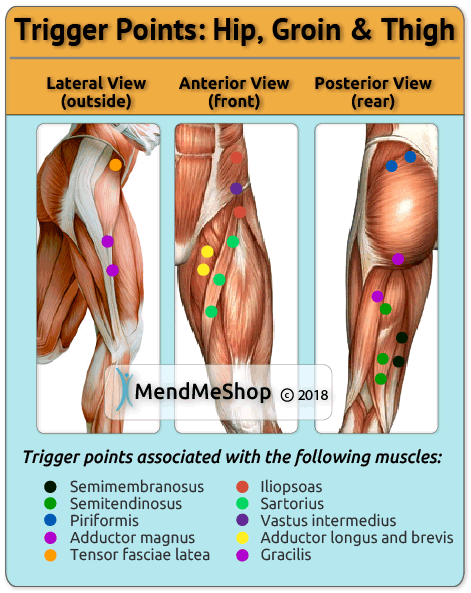 Healthy muscle fibers are neither contracted nor stretched when at rest. When contracted the muscle fibers are closer together and when stretched, further apart. In a muscle that is causing pain, the fibers develop a knot and are in a constant state of contraction. The fibers around the knot are stretched by the excess tension and the muscle fibers become tighter. With the continuous contraction, blood flow is restricted in the area and essential oxygen and nutrients are prevented from reaching the muscle tissue. This causes toxins and waste to build up in the muscle and you will experience trigger point pain, tension, irritation, and spasm. Now, just because the trigger point causes the pain does not mean that the spot is painful itself. When the pain is located at the tense muscle spot it is called a primary trigger point. However, pain can also manifest itself in areas away from the active trigger point - such pain is called referred pain. It is important to treat the spot that causes the referred pain and not the location of the pain itself. Trigger points cause pain more often than any other condition and are drastically under-diagnosed due to lack of information. Trigger point pain is usually a factor in most injuries although treating the trigger points is often overlooked. A common condition related to triggers points is known as myofascial pain. Symptoms of Trigger Point PainThe trigger point area will usually become more tender or sting when you push on the spot and the referred pain will increase in intensity. Other symptoms include:
Causes of Trigger Point PainTender trigger points typically develop from lack of stretching or improper stretching but can also be caused from stress/trauma, overuse of a muscle, using incorrect equipment (i.e. a can that's too long, shoes without the correct support), or even poor posture or biomechanics. 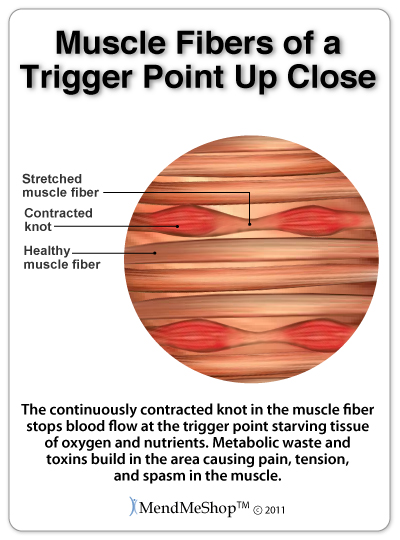 Reduced circulation in trigger points will eventually lead to muscle shortening and restricted movement which further accentuates the pain, thus completing a cycle of decreased mobility and further pain. This commonly becomes the underlying cause of chronic pain, and the patient will continue to suffer until the problem trigger points are treated directly. Mild trigger points can be addressed sometimes through massage and some sufferers maintain that acupuncture treats these problems as well. Permanent removal of chronic trigger points and conditions caused by this, in our opinion, can be achieved through use of the TShellz Wrap®. Trigger Point Long Term Negative EffectsReduced circulation in trigger points will eventually lead to muscle shortening and restricted movement which further accentuates the pain, thus completing a cycle of decreased mobility and further pain. This commonly becomes the underlying cause of chronic hip and knee pain and tight hamstrings. The patient will continue to suffer from these until the problem trigger points are treated directly. Mild Trigger Points can be addressed sometimes through massage and some sufferers maintain that acupuncture treats these problems as well, though it is not accepted by many medical institutions. Permanent removal of chronic trigger points and conditions caused by this, typically requires treatment using Circulatory Boost. Treating Trigger Point Pain - What Options Are There?If you have pain in your hip, hamstring, knees (or even achilles) caused by tense, constricted hamstring muscles, you may be experiencing trigger points. Trigger point pain is caused by constricted muscle fibers that form knots, and eventually cause a buildup of toxins in the area. The trick to getting rid of this pain is loosening the knots to release the constricted muscle fibers - this will allow more blood to flow through the fibers once again, bringing the vital oxygen and nutrients required for healthy tissue. In our opinion, the most effective and pain free way to loosen the knots at home is with the TShellz Wrap®. 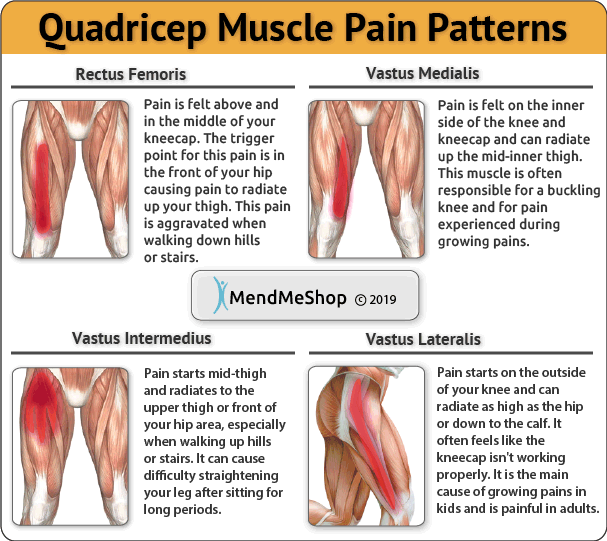
In addition, you want to get your muscle tissue back in the best possible condition you can. To do this, it is important to treat the scar tissue that forms in the muscle when the damaged tissue begins to heal - something our TShellz Wrap wraps intended for. Even with optimum healing, there is always less elasticity in previously injured muscles fibers. However, if you treat your trigger point pain properly through the use of deep massage (and/or acupuncture) and a daily TShellz Wrap treatment, risk of suffering from chronic trigger point pain and hamstring injury related conditions later will be significantly reduced. Directly below you will find some summarized points from Chapter 9 of "Therapeutic Heat and Cold", 4th edition.
Your massage therapist can certainly help with trigger point massage, but if you are treating yourself at home with the TShellz Wrap® 2 or 3 times per day, it is our opinion you will have a greatly improved chance of getting rid of your trigger points (and subsequently increase the range of motion in the treatment area). Stretching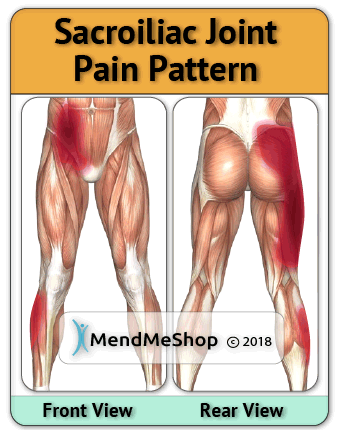 A stretching routine can undoubtedly lead to a successful outcome for many patients. However, there are times that many people in pain simply cannot tolerate stretching. When pain levels are high and your muscles are too taut, stretching may actually aggravate your injury. In cases such as this, an option would be to first minimize your pain using trigger point massage and TShellz Wrap® home treatments until you can reach a point where you start some moderate stretching without the pain. If you find the stretching aggravates the problem, stop stretching and just continue with the massage and TShellz Wrap® treatments. Combined with a stretching routine, the TShellz Wrap is an effective option for trigger points. Successful treatment of trigger points will increase range of motion in the area, reducing the likelihood of a worsening problem. TShellz Wrap® Circulatory Boost DeviceInjured tendons and muscles naturally receives a limited blood supply and when you stop moving your leg and knee because of the pain, the blood flow is reduced even further limiting your body's natural ability to heal itself. By treating your hip and thigh trigger points with our TShellz Wraps you can increase your body's blood supply to these areas, maximizing the ability of your body's natural healing power. A TShellz Wrap® is a Localized Enhanced Circulation Device - this is the tool you need to treat your sore hamstring at home. An enhanced blood circulation helps increase the supply of oxygen and nutrients to injured tissue - this means enhanced circulation boosts the body's healing rate while simultaneouly relaxing surrounding muscles and other soft tissue. Would you like to discuss Trigger Point Pain or other conditions with a AidYourHamstring Advisor?Simply call toll free 1-866-237-9608 to discuss or place an order with one of our knowledgeable Product Advisers. They have the ability to answer all your questions...ensuring you only receive the products you need. Product Advisors are available 9:00 am to 5:00 pm Eastern Standard Time Monday to Friday. North America Toll Free 1-866-237-9608 Outside North America +1-705-532-1671 Yes, they are that good. See for yourself.Improved blood flow whisks away dead tissue and toxins that have built up over time in your trigger point location. When you stop moving your hip and leg due to hamstring pain, your muscles and other tissue can become weaker, circulation drops, and dead tissue and toxins in the area build up, leading to further tissue deterioration - this can lead to atrophy. By clearing the area of toxins and increasing the amount of oxygen and nutrients to your muscle and other tissue, the risk of atrophy (muscle weakness and/or deterioration) is greatly reduced. Keeping your leg, hip, and knee soft tissue as healthy as possible throughout the healing process will allow you to improve leg strength and flexibility once your pain has gone and your trigger point pain has healed. Reduced circulation in trigger points will eventually lead to muscle shortening and restricted movement which further accentuates the pain, thus completing a cycle of decreased mobility and further pain. This commonly becomes the underlying cause of chronic immobility. The patient will typically continue to suffer from these ailments for long periods until the problem trigger points are treated directly. Mild Trigger Points can be addressed sometimes through massage and some sufferers maintain that acupuncture treats these problems as well, though it is not accepted by many medical institutions  We've assisted thousands of people through their recovery process and helped them get back on the road to a pain-free life! Product Advisors are available 9:00 am to 5:00 pm Eastern Standard Time Monday to Friday. Learn More About Hamstring Injuries & TreatmentsI want to learn more about Hamstring Post-Surgery Recovery I want to learn more about the TShellz® Circulatory Boost Wrap I want to learn more about Ice & Heat: Which Is Better For Treatment? I want to learn more about Stretching for the Hamstring I want to learn more about Soft Tissue Injury Treatments During your recovery, you will probably have to modify and/or eliminate any activities that cause pain or discomfort at the location of your soft tissue injury until the pain and inflammation settle. Always consult your doctor and/or Physical Therapist before using any of our outstanding products, to make sure they are right for you and your condition. The more diligent you are with your treatment and rehabilitation, the faster you will see successful results! |
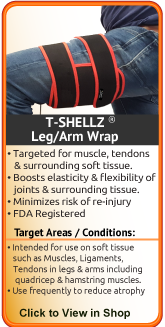  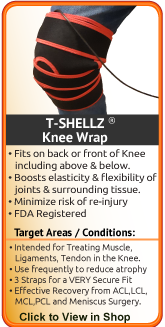  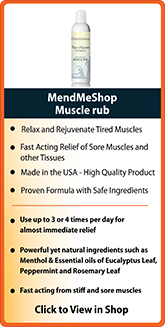 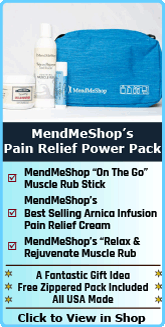  |
